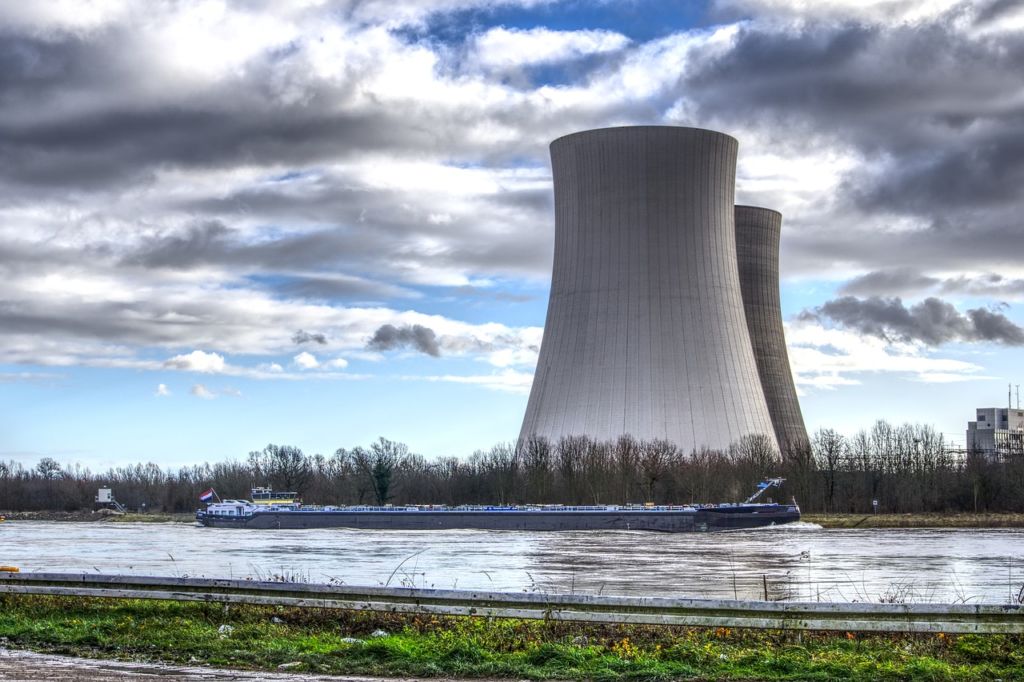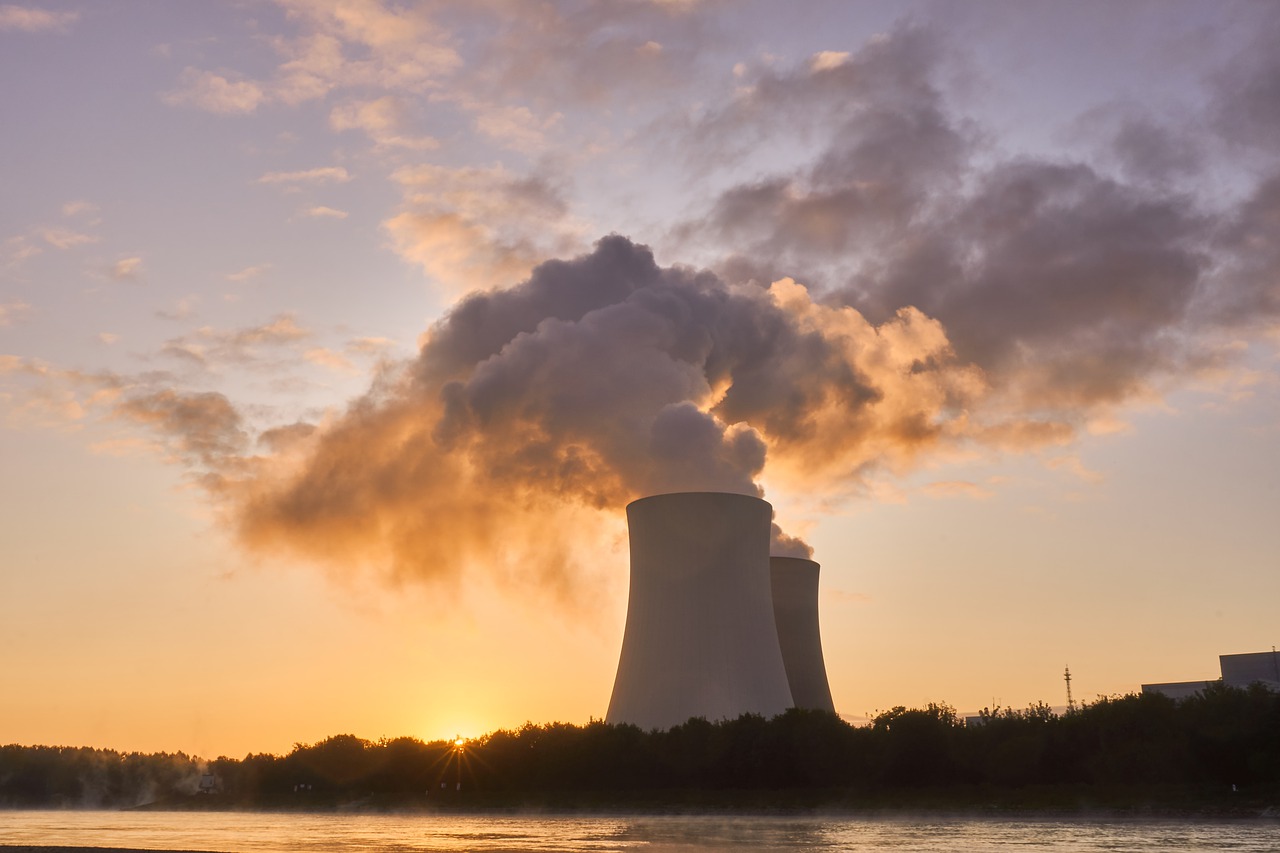As countries around the world navigate a rapidly shifting energy landscape, they face similar challenges: carbon emissions, cost, and continuity of supply. In this article, I will discuss the potential of nuclear power in increasing sustainable energy production.
Electricity has been generated through nuclear fission since the 1950s
In the wake of World War II, the government investigated the implementation of nuclear technologies for peaceful civilian purposes. In 1946, the U.S Atomic Energy Commission was created by Congress. The commission authorized construction of a nuclear reactor, Experimental Breeder Reactor I, at a location in Idaho.
Experimental Breeder Reactor I was the first reactor in the world to generate electricity from nuclear energy.
Throughout the 1950s, the US government led research programs focused on the potential of nuclear energy in producing electricity to support the power industry. The first nuclear power plant to generate electricity for the commercial sector was in Shippingport, Pennsylvania.
This early reactor used water to cool the reactor core, which was the best design available at the time.
Throughout the 1960s, the US nuclear power industry grew rapidly. Utility companies recognized the potential of nuclear power to generate electricity cleanly, safely, efficiently, and economically.
Growth in the US nuclear sector stalled throughout the 1970s and 1980s, however, as concern grew over nuclear issues, including waste disposal, reactor safety, and other environmental considerations.
By the early 1990s, the US established itself as a forerunner in the nuclear industry, accounting for over 25% of operating nuclear plants worldwide, with around 22% of US electricity generated by nuclear energy.
The UK government has invested heavily in nuclear power
There are currently 15 operational nuclear reactors throughout the UK that generate approximately 21% of the country’s electricity. Nearly half of these are scheduled to be retired by 2025, although construction has already started on a new generation of nuclear power plants throughout the UK.
The amount of nuclear power generated by the UK has actually declined in recent years, from around 25% of total domestic electricity in the early 1990s, to 21% today. This is because many of the UK’s older plants have been closed down. It is also attributable to age-related issues affecting plant availability.
In Britain today, approximately 42% of the country’s electricity is generated from coal-fired power plants and 9% from coal. As these resources become more scarce, and therefore more expensive, the UK is increasingly looking for new, greener ways of generating power.
Renewables account for around 24.5% of the UK’s total energy. The disadvantages of wind and solar power, however, are that they are particularly vulnerable to adverse weather conditions; a common problem in the UK.

Finland supports the use of nuclear power in the fight against climate change
In a recent poll, almost 50% of Finnish participants reported that they see nuclear as a sustainable form of energy to curb climate change.
Sanna Syri, a professor of energy technology at Aalto University, pointed out that these figures reflect Finland’s practical approach to nuclear power. She explained that the Finnish use of domestic nuclear power is among the highest globally, with Finland’s two main nuclear power plants at Olkiluoto and Loviisa reliably producing the country’s electricity for several decades.
The survey revealed that young Finnish males are more optimistic about nuclear power than any other demographic. As Iris Nihti, a 22-year-old environmental engineering student pointed out, while there are some considerations pertaining to nuclear power, the disadvantages of relying on fossil fuels like coal and gas are significantly greater.
The EU is debating whether nuclear can officially be called “green” energy
Finnish Energy, Finland’s main advocacy group for the nuclear industry, indicated that financing for nuclear projects could be jeopardized if the EU cannot agree that nuclear energy is an ecological effort. This in turn could cause problems for Finland in terms of achieving EU-imposed climate goals.
The production of nuclear energy does not create CO2 emissions. Certification would pave the way for investment in advancing nuclear technologies. The EC suggest that the EU’s carbon neutrality target for 2050 is simply unachievable without nuclear energy. The European Commission also warned that production of electricity will need to increase by more than double in order to keep up with demand by 2050.
Nuclear energy is far greener than fossil fuels
Nuclear energy is effectively a clean energy source, producing zero emissions. Nuclear energy is generated through nuclear fission, the process of splitting atoms of uranium and creating huge amounts of energy.
According to the US Nuclear Energy Institute, America’s nuclear industry lowered the country’s CO2 emissions by 14,000 million metric tons between 1995 and 2016, the equivalent of taking 3 billion cars off the road.
Unlike solar and wind power, nuclear energy has a relatively low land footprint. In fact, experts estimate that in order to produce the same amount of power as a nuclear plant, a wind form would require up to 360 times more space.
While the nuclear industry may have a ways to go in terms of increasing sustainable energy production, there is no doubt that in order to meet the world’s ever-increasing energy needs, the only viable solution is nuclear power.
